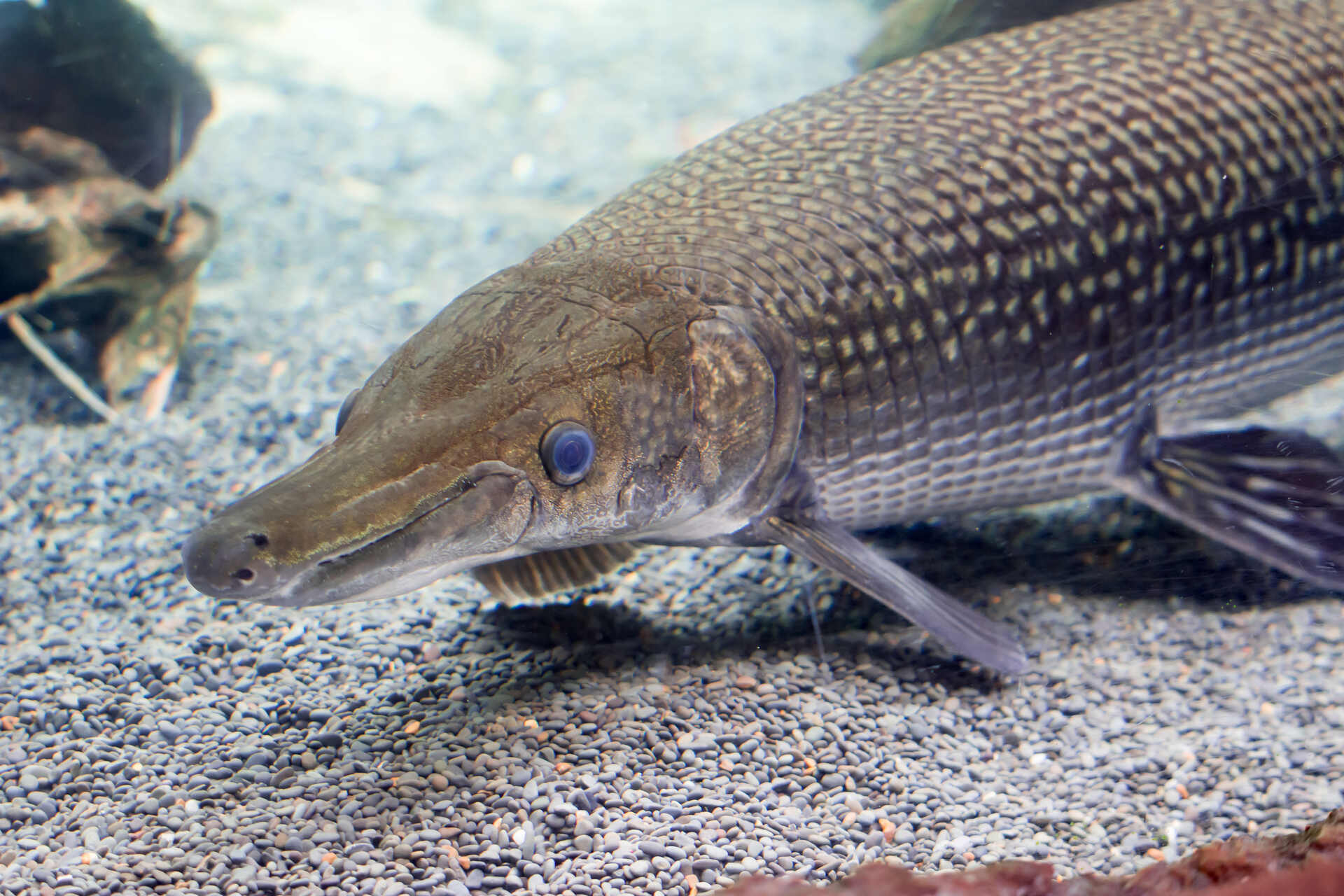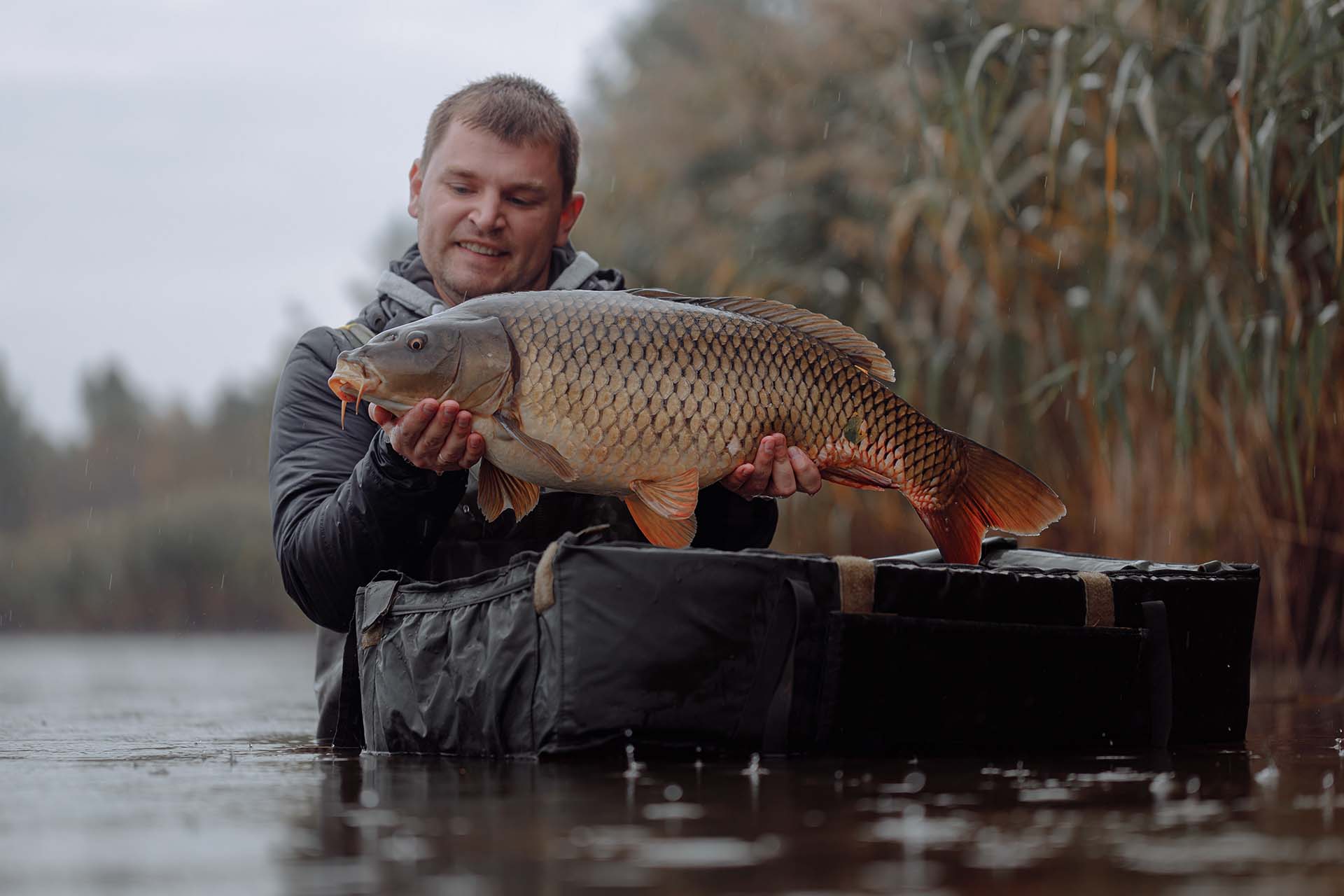In the world of fishing, knowing how to accurately measure fish is a skill as essential as casting a line. Whether for bragging rights, adhering to regulations, or satisfying curiosity, getting the measurements right can make all the difference. So, let’s unravel the tape measure and explore the techniques and tips that turn every angler into a master measurer.
How to Accurately Measure Fish
For the most accurate results, the first step is to place the fish on its side on a flat, hard surface. Use a flexible measuring tape, laying it flat along the fish’s body. To determine the length, start measuring from the foremost part of the fish’s head. Ensure the mouth is fully closed, and extend the tape to the very end of the tail.
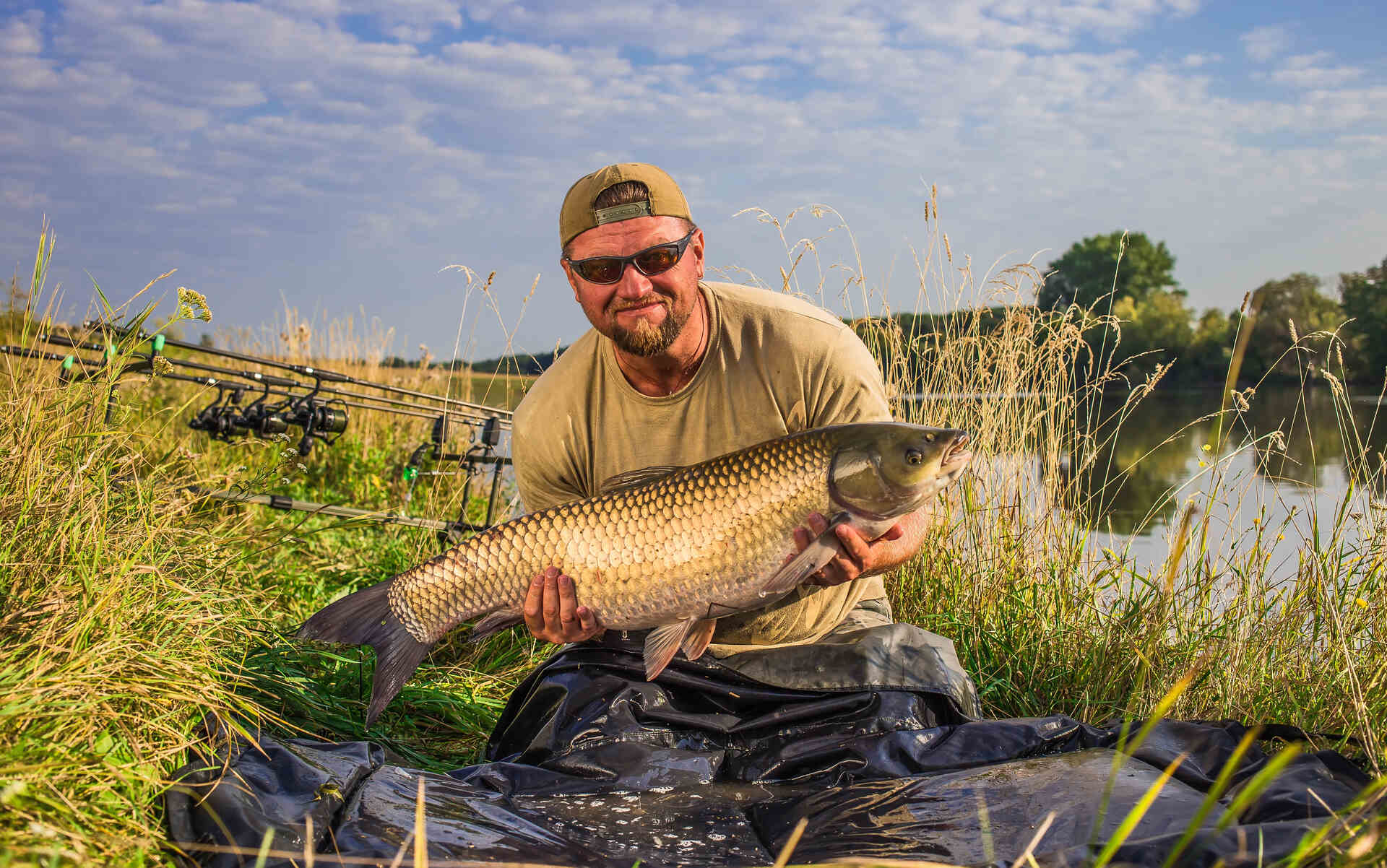
Why Is It Important to Know the Right Fish Measuring Techniques?
Picture this – you’ve just reeled in an impressive catch after hours of patience and skill. You know it’s a big one, but without the right know-how, can you quantify how big? Every beginner angler should master this critical skill. But it goes well beyond determining the fish’s length and weight. Here’s why this aspect is so important:
- Many regions have legal size limits for different fish species, so accurate measurement ensures that you’re complying with local regulations,
- For those who keep a log of their catches, precise measurements provide valuable data for tracking personal progress and understanding patterns over time,
- In competitions, this is crucial for fair judgment and can be the key difference between winning and losing,
- Understanding the size of your catch can also inform conservation practices, like knowing when to release a fish for its continued growth and contribution to the ecosystem,
- There’s undeniable satisfaction in knowing the exact size of your catch, whether it’s a personal best or a notable catch for the day.
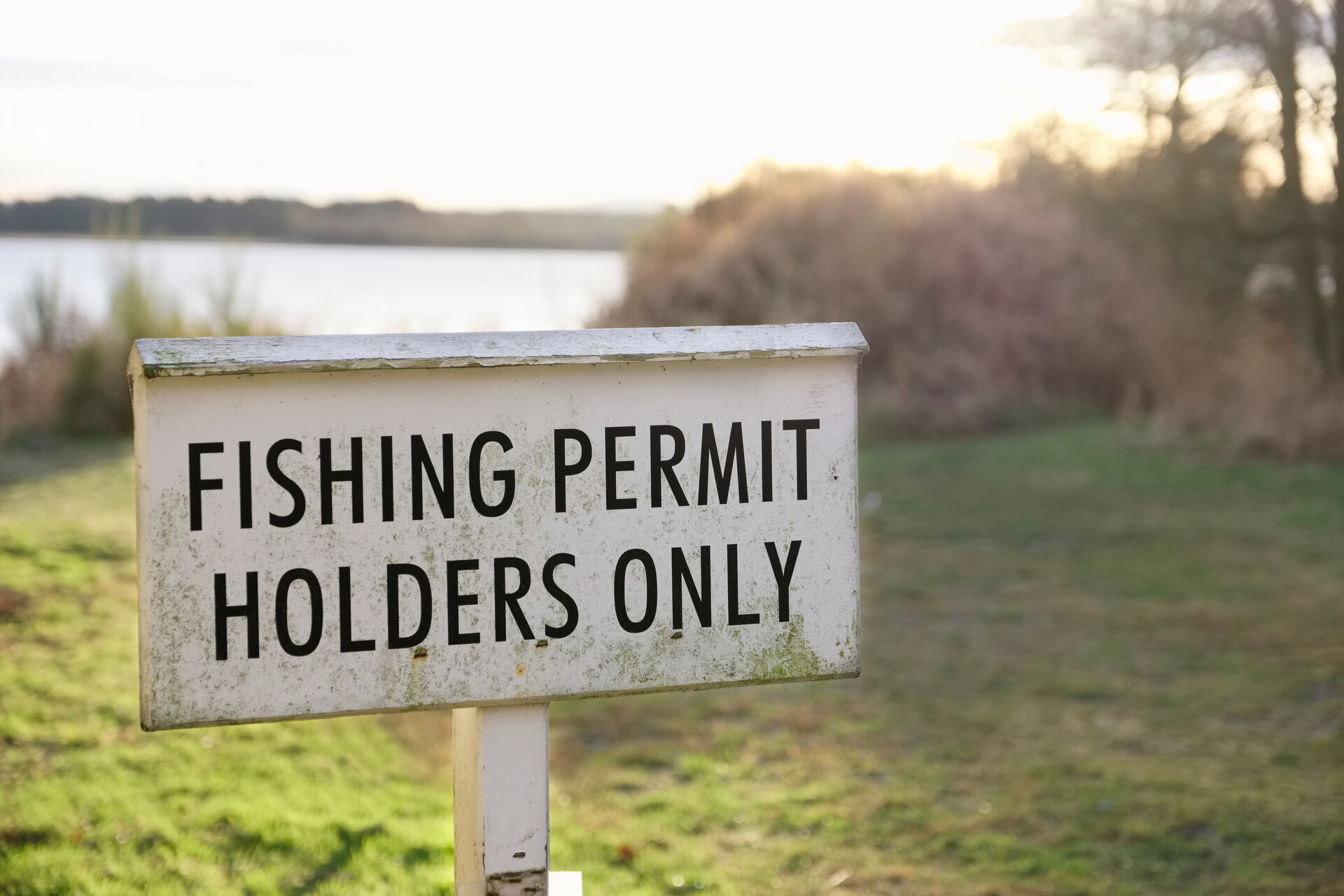
Understanding Anatomy Is Key for Accurate Fish Measurement
First and foremost, a basic understanding of aquatic anatomy is in order. Different fish species have varying anatomical features that can influence the process. So, figuring out how to measure a striped bass might differ from measuring, for example, largemouth bass.
Knowing these anatomical details ensures precision, which is vital for compliance with regulations, record keeping, and understanding the fish’s growth and health. While you should definitely dive into more research specifically for your target. Here’s an overview of some key anatomical parts:
| Snout | The front part of the fish's head, including the nose |
| Fork | The length from the tip of the snout to the middle of the fork in the tail |
| Tail | The length from the tip of the snout to the end of the tail |
| Dorsal Fin | The fin located in the back of the fish, used for some measurements |
| Pectoral Fin | The pair of fins located on either side of the fish, just behind the head |
| Vent | The excretory opening, used as a reference point in some measurements |
When you know every part of the fish, it will be easy to nail the measurements down. Just don’t forget to actually bring the tape with you.
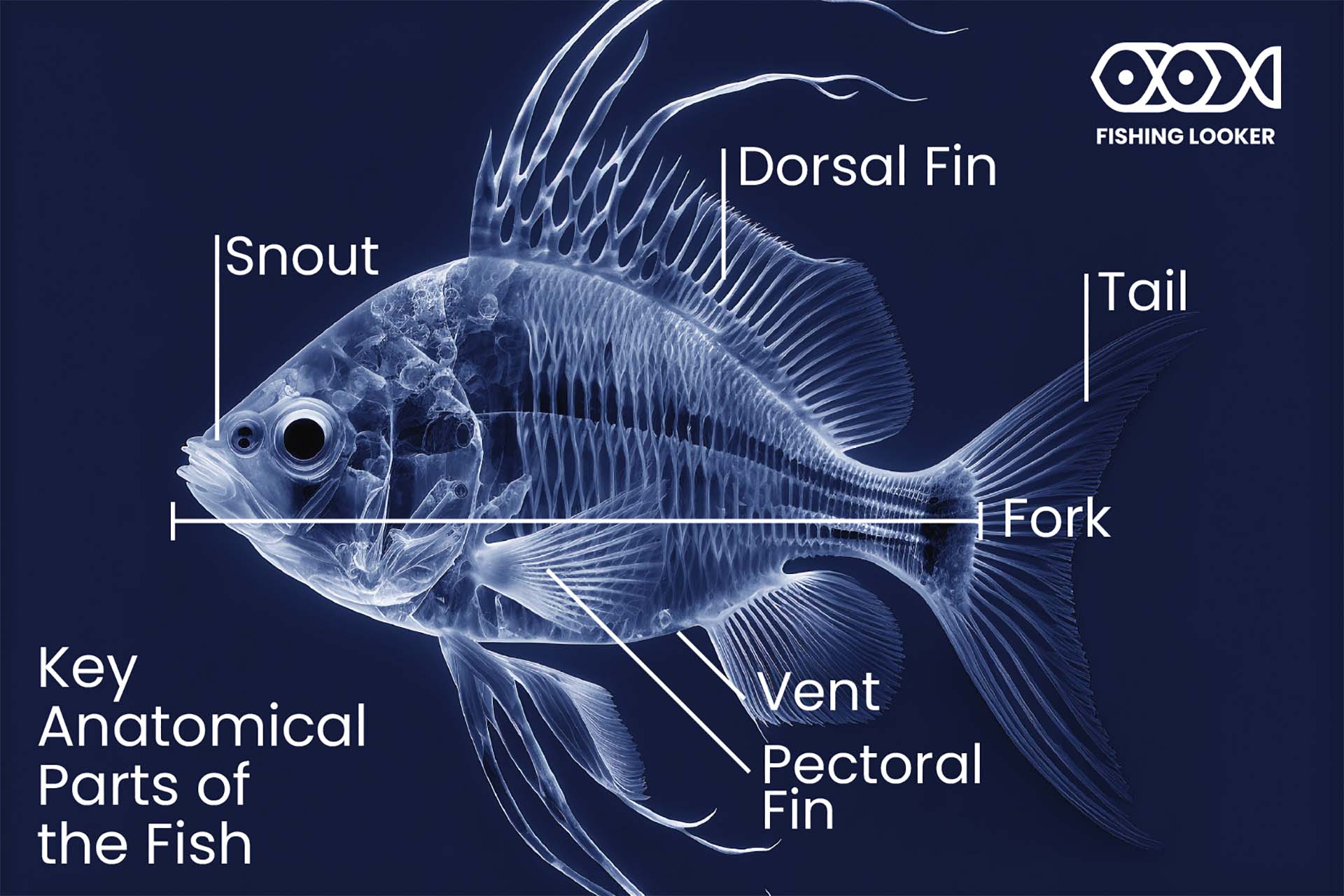
Reeling in Precision – Here Are the Essential Fish Measurement Tools
The essential measuring devices are relatively straightforward but utterly indispensable in the angler’s toolkit. A flexible measuring tape is a must-have for measuring the length of your catch with accuracy. For those who prefer a more structured approach, measurement boards provide a solid surface for laying out your trophy, ensuring a straight line for precision. When it comes to weighing, spring scales are a popular choice. Offering a reliable method that’s been used forever.
However, advancements in technology have also introduced a range of new tools for both measurements. Digital fish scales, which can offer more precise readings, are becoming increasingly popular among anglers. Additionally, there are various devices and even mobile apps designed specifically for this task.
How to Know Which Measuring Device You Should Use
Choosing between traditional and advanced tools often boils down to personal preference. Some anglers swear by the old-school charm and reliability of manual tools, while others embrace the precision and additional features of modern devices.
But the key is to select the tool that best suits the fish species you’re targeting and the fishing style you like to use. Here are some tips to help you make the right choice:
- Larger targets might require a longer and more durable measuring tape or board,
- If you’re fishing in wet or rugged conditions, opt for waterproof and robust measuring tools,
- For record-keeping or regulatory compliance, digital scales and precise measuring devices are ideal,
- If you like to track and analyze your catches over time, consider digital tools with recording capabilities,
- For anglers who prefer to travel light, compact tools are advantageous.
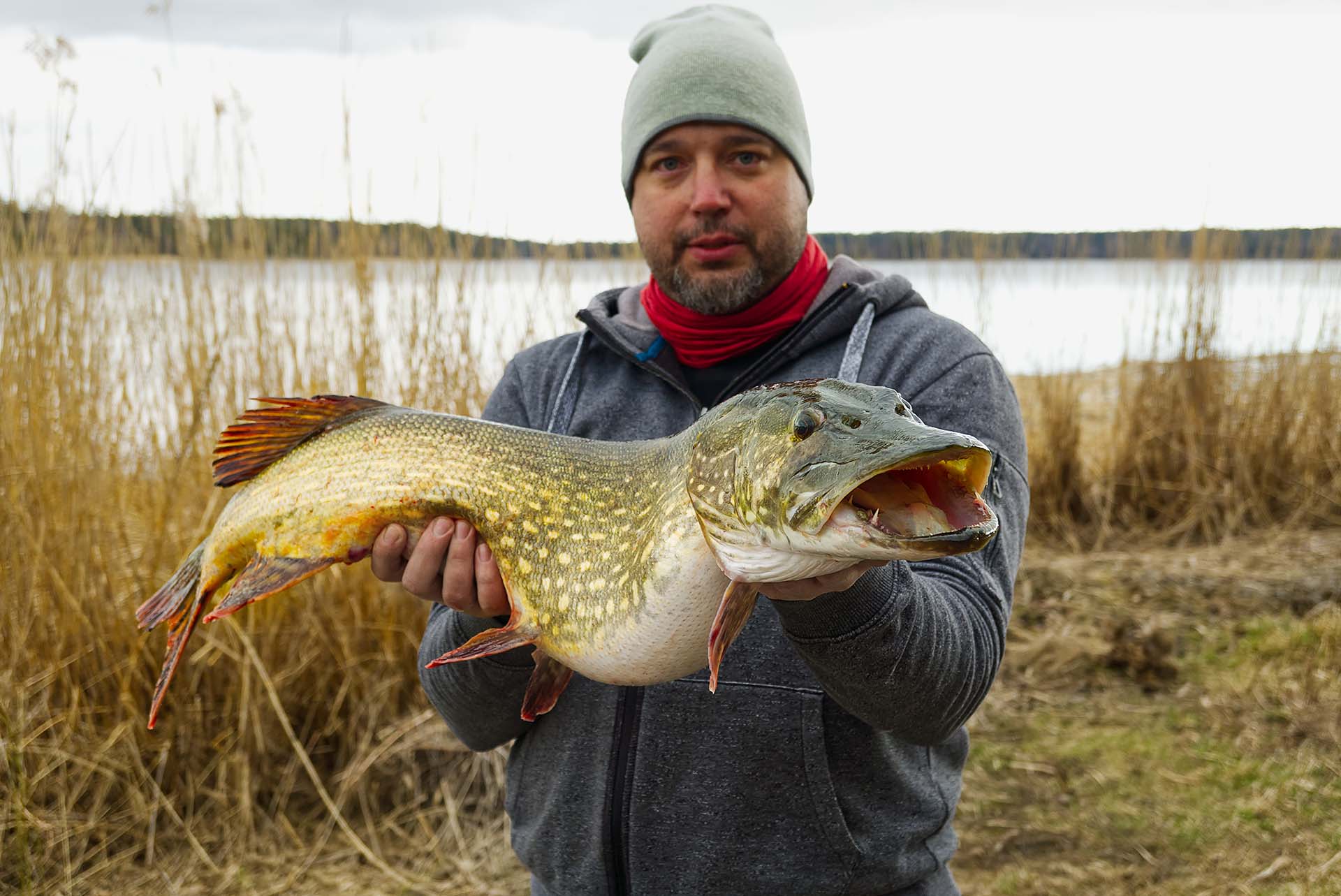
Hook, Line, and Sinker – A Step-By-Step Guide for Precise Measurement
As we’ve already discussed, a keen understanding of your target’s anatomy is crucial because knowing how to measure salmon doesn’t mean you’ll know how to handle any catch that comes your way. However, there are general guidelines for measuring the three most commonly used lengths in fishing. Here’s how to do each one of these three methods:
Total Length
The total length is the most comprehensive measurement and is often used for regulatory purposes. To measure it, lay your catch on its side on a flat surface. Start by measuring from the tip of the snout or jaw, making sure the mouth is closed, to the farthest tip of the tail. Ensure that the fish’s body is straight and the tail fin is completely extended.
Standard Length
Standard length excludes the tail fin and is often used for measuring fish for research in biological studies. To get the standard length, begin at the tip of the snout and measure to the end of the fleshy part, stopping at the base where the tail fin starts. This measurement is crucial for understanding the growth and health of your catch, excluding the length of the tail.
Fork Length
Last but not least, fork length is particularly important for species with forked tails, like many game species, and is a common measurement for regulatory purposes. To measure it, start at the tip of the clout and measure to the middle of the fork in the tail. Ensure that the tail is naturally spread and that your catch is not bent anywhere.
Tips the Scales – What About Measuring Fish Weight?
To further validate your fishing tales and adhere to catch limits, knowing how to accurately measure weight is crucial. While digital scales have made this process straightforward and precise, there’s still a charm and skill involved in using old-school spring scales. For those who prefer the tactile feel and traditional approach, here’s how to effectively use this device:
- Before using your spring scale, ensure it’s properly calibrated, setting it to zero to account for any initial tension in the spring,
- Hook your catch by the gills or through the mouth and ensure it is securely attached,
- Lift the scale slowly, holding it steady,
- To get the most accurate reading, hold the scale at eye level,
- Allow the scale to come to a rest and stop moving before taking your reading,
- Once the scale settles, note the weight immediately,
- For the best accuracy, take a few readings and use the average, especially if your catch is particularly large or active.
Ethical Fish Handling – How to Handle Your Catch Safely During Measurement
Sustainable practices, including handling your catch humanely, cannot be overstated. This ensures the best chance of survival and continued contribution to its species when you’re employing catch and release. It’s a delicate balance between enjoying this outdoor sport and preserving the aquatic environment for future generations.
When it comes to catch and release measuring, it’s crucial to minimize the time the fish is out of water. Wet your hands before handling it to protect its slime coat, and support it gently but firmly, avoiding squeezing the gills, which can cause serious damage. After measurement, gently return your catch to the water, supporting it until it swims away.
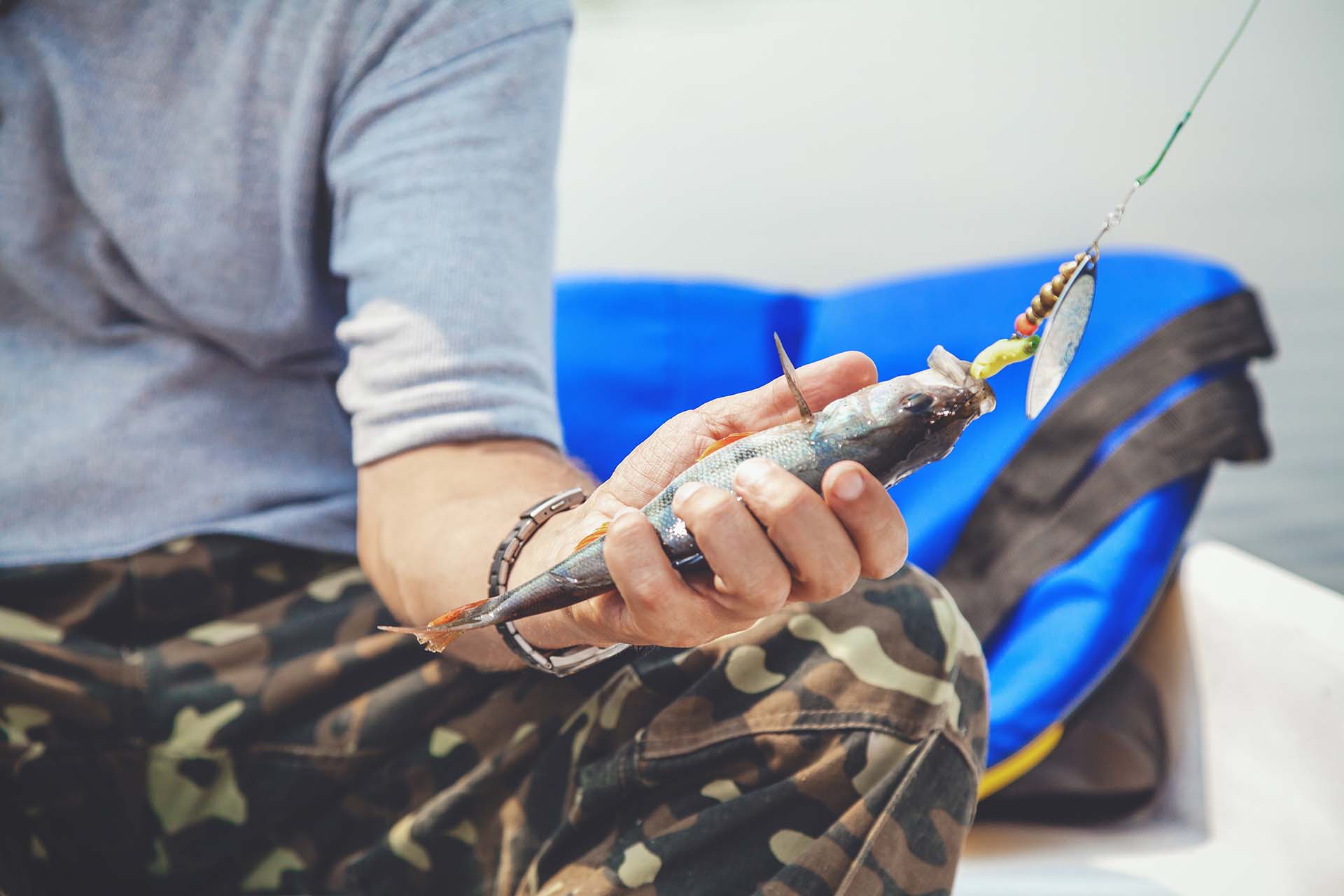
Update Your Game – Advanced Techniques and Technologies You Can Explore
Using high-resolution cameras, often available on smartphones, anglers can capture not just the size but also the condition of their catch. Photographs, especially when taken with measurement tools in the frame, can provide a lasting record. This approach is not only useful for personal records but also for participating in online fishing communities and contests where catch-and-release is encouraged.
Technology has further revolutionized this task with the advent of mobile apps. They often use the latest technology to measure the length, providing a convenient and efficient alternative to traditional methods. Here are some notable apps in this space:
- Fish Ruler,
- Fish-Fact,
- Fish Weight Calculator.
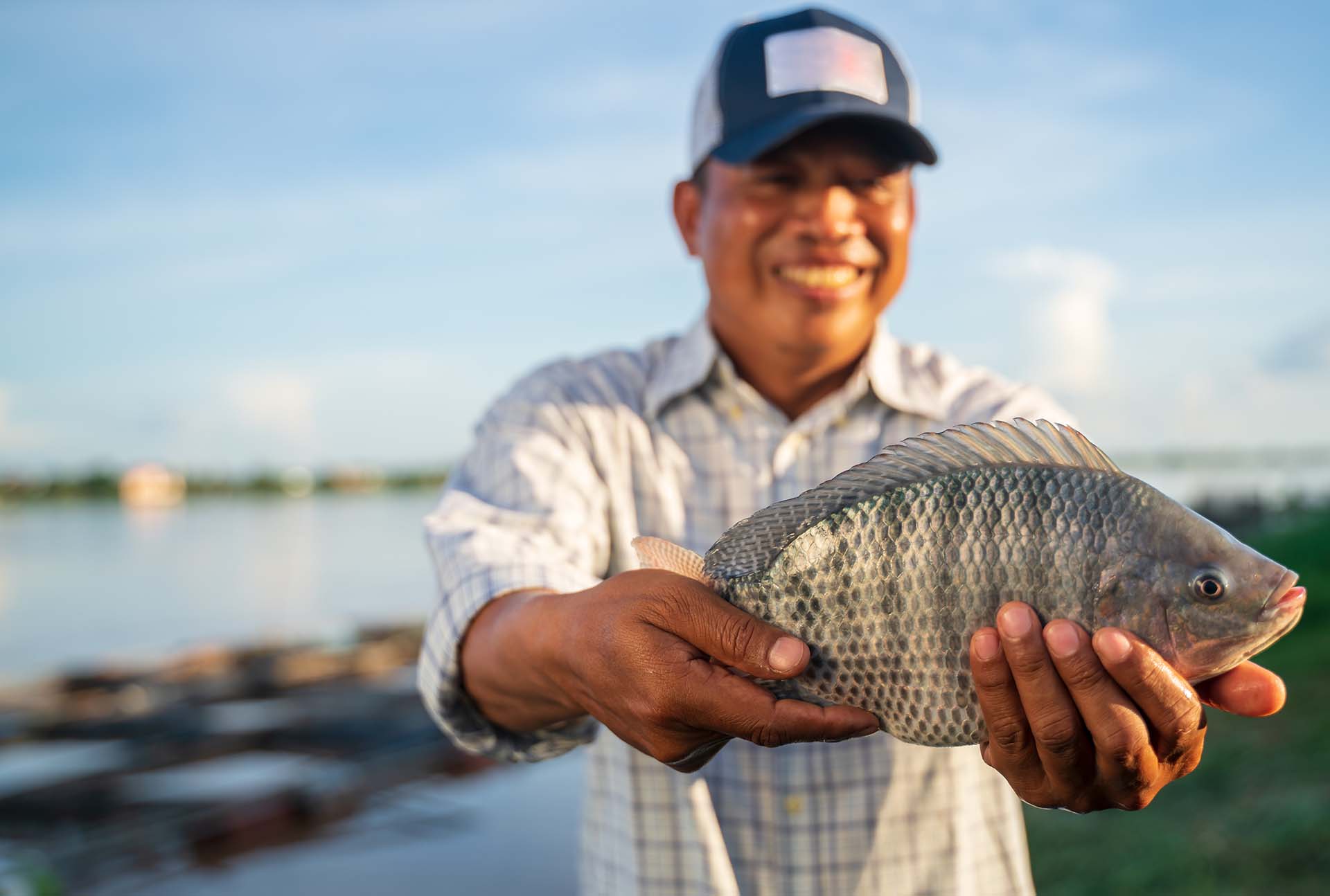
Avoiding the Bait – Common Measurement Mistakes and How to Dodge Them
Navigating this process can sometimes be as tricky as landing the catch itself. One common pitfall is not using a flat surface while measuring, which can lead to an inaccurate reading. Another frequent error is not aligning the measuring tape correctly along the body, starting from the tip of the snout to the farthest end of the tail.
In the haste to get a quick measurement, it’s easy to overlook important details like fully extending the tail or keeping the body straight. So, while it’s important to handle your catch safely and quickly return it to where it came from.
It’s also important not to rush the process. Last but not least, relying solely on guesswork or eyeballing the size should be avoided at all costs, as it can lead to significant discrepancies.
Casting off With the Right Techniques Under Your Belt
Armed with the right techniques and tools, every angler is now well-equipped to document their catches with precision and confidence. From the simple tape measure to the latest digital apps, the world of fishing continues to blend the rustic charm of the old with the efficiency of the new. You’re all set to measure your success, one accurately sized catch at a time!

